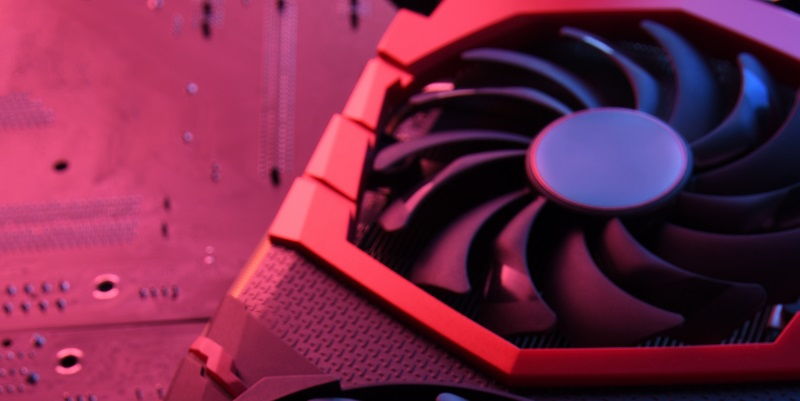The AMD RX 580 graphics card, originally released five years ago, has unexpectedly received a significant upgrade in China. Chinese card maker Kinology, known for relabeling and reselling OEM graphics cards, has decided to revamp the RX 580 by boosting its VRAM capacity to a whopping 16GB. Despite its age, the RX 580 continues to maintain its strong sales momentum in the Chinese market.
Upgrade Details
The main enhancement to the RX 580 graphics card lies in its increased VRAM allocation. With 16GB of VRAM, this upgraded version holds great potential for specific niche uses that require ample memory capacity, such as 3D rendering, content creation, and video editing. However, it is important to note that the VRAM upgrade utilizes slower 6Gbps modules, which may result in decreased performance compared to the original version.
While the upgrade is commendable, it is crucial to acknowledge that the Kinology RX 580 16GB edition is not positioned as a top contender among the best graphics cards in the market. Rather, it serves as a curiosity for tech enthusiasts who are intrigued by the increased VRAM capacity and its potential advantages.
Pricing and Availability
For those interested in getting their hands on the Kinology RX 580 2048SP 16GB edition, the good news is that it comes at a fairly affordable price. The card can be purchased for just $83 on JD.com, making it an enticing option for budget-conscious consumers. In comparison, the original 8GB version of the RX 580 is available for import via Newegg at a slightly higher price of $117.
Comparison with Nvidia Graphics Cards
This upgrade brings attention to the relatively low VRAM allocations on some of the current-generation graphics cards, particularly from Nvidia. With many new cards featuring VRAM capacities below 16GB, Nvidia fans might see this as a reminder of the contrasting capabilities and memory options available in the market.
The appeal of the RX 580
Despite its age, the RX 580 continues to hold appeal for a certain demographic. For those on a strict budget or individuals who prefer second-hand options, the RX 580 provides a compelling choice. Its performance, paired with the added VRAM, makes it a reliable option for gamers and professionals who require decent graphics performance without breaking the bank.
The RX 580’s continued relevance in certain markets is intriguing. It showcases how older GPUs can receive upgrades and remain competitive in specific regions, such as China, where the demand for affordable yet capable graphics cards remains strong. This trend also signifies the significance of catering to various market segments and accommodating different budget requirements.
The surprising upgrade to the AMD RX 580 graphics card in China, with its substantial VRAM boost, has revitalized this aging GPU and added a new layer of novelty to it. While not a top-tier contender, the Kinology RX 580 16GB edition presents an attractive option for niche users who need the additional VRAM capacity. Its affordability, coupled with respectable performance, ensures that the RX 580 remains a viable choice for those on a tight budget or seeking economical alternatives. The upgrade also highlights how older GPUs can still receive upgrades and maintain relevance in certain markets, offering valuable insights into the ever-evolving graphics card industry.

